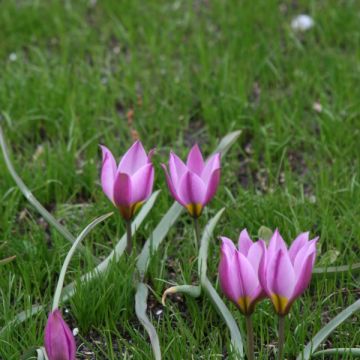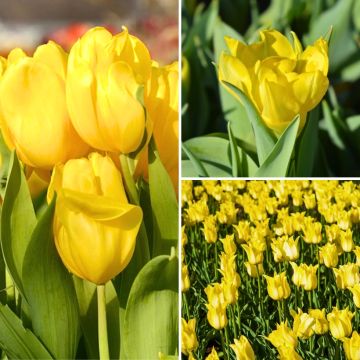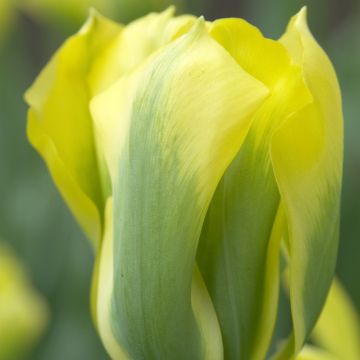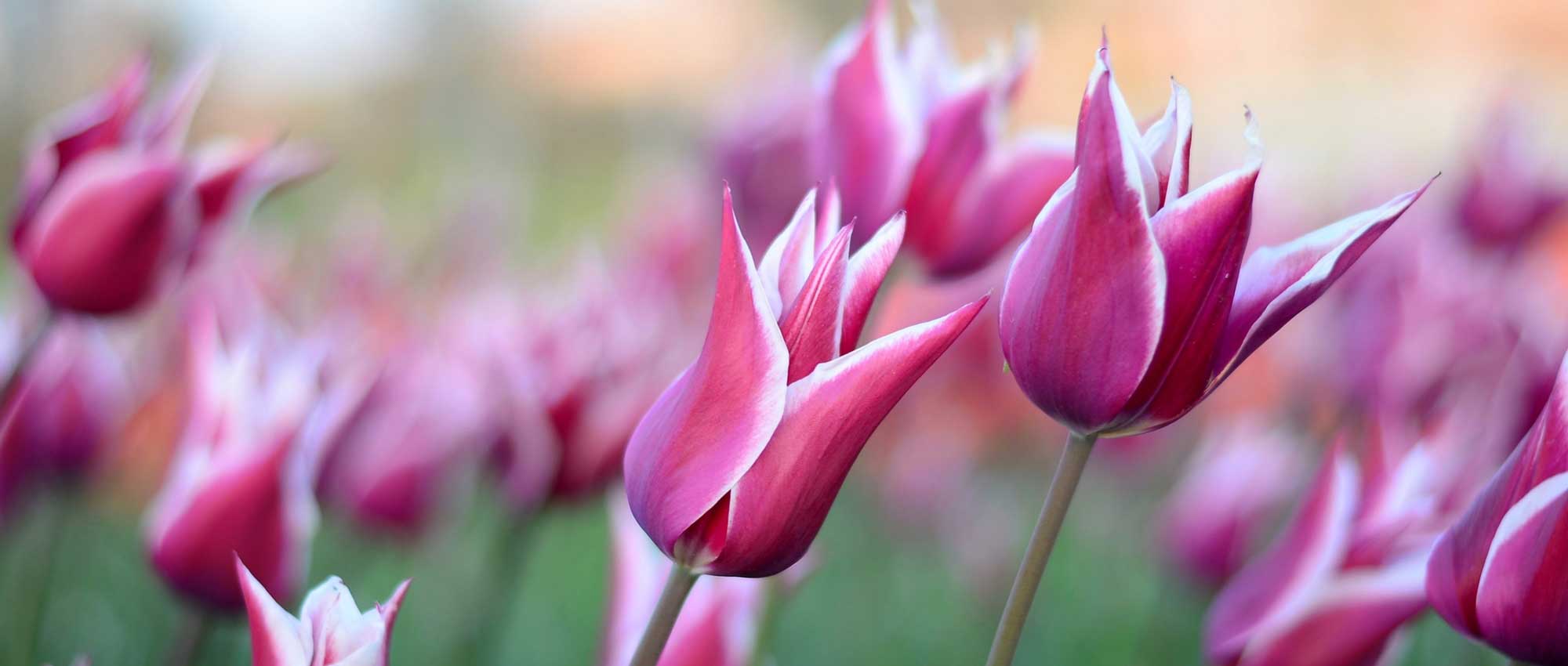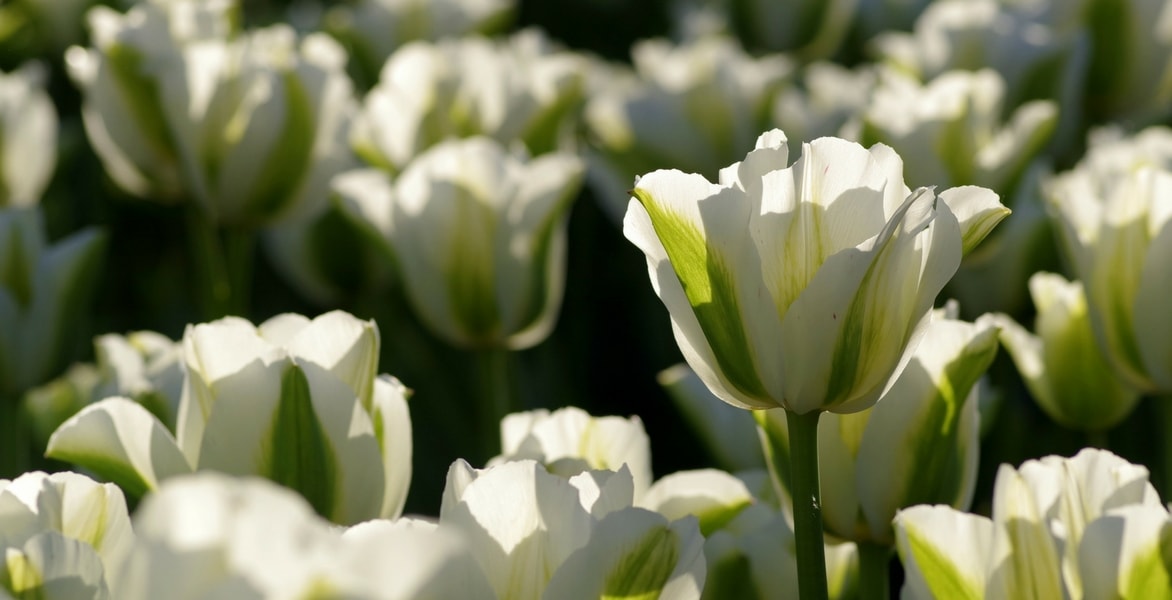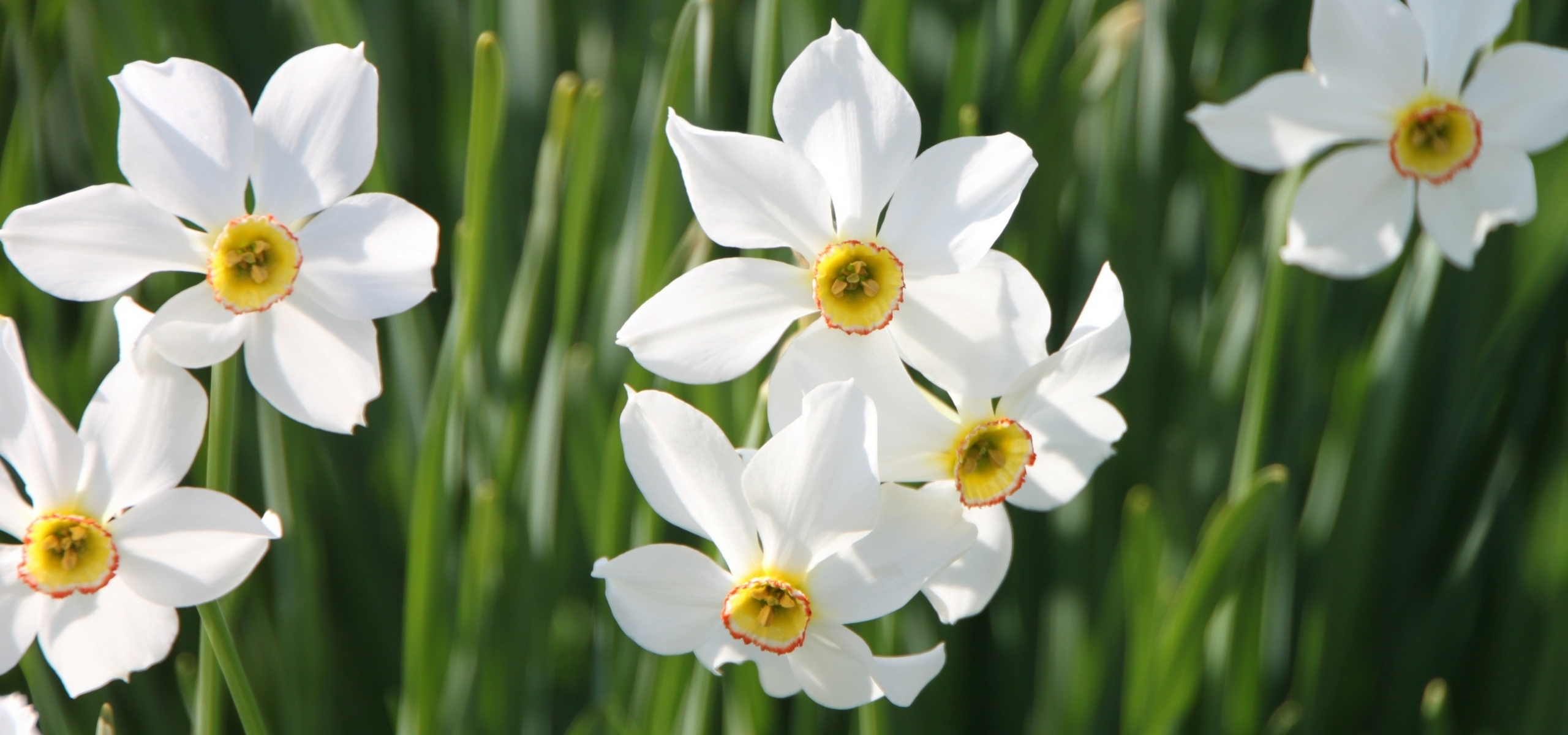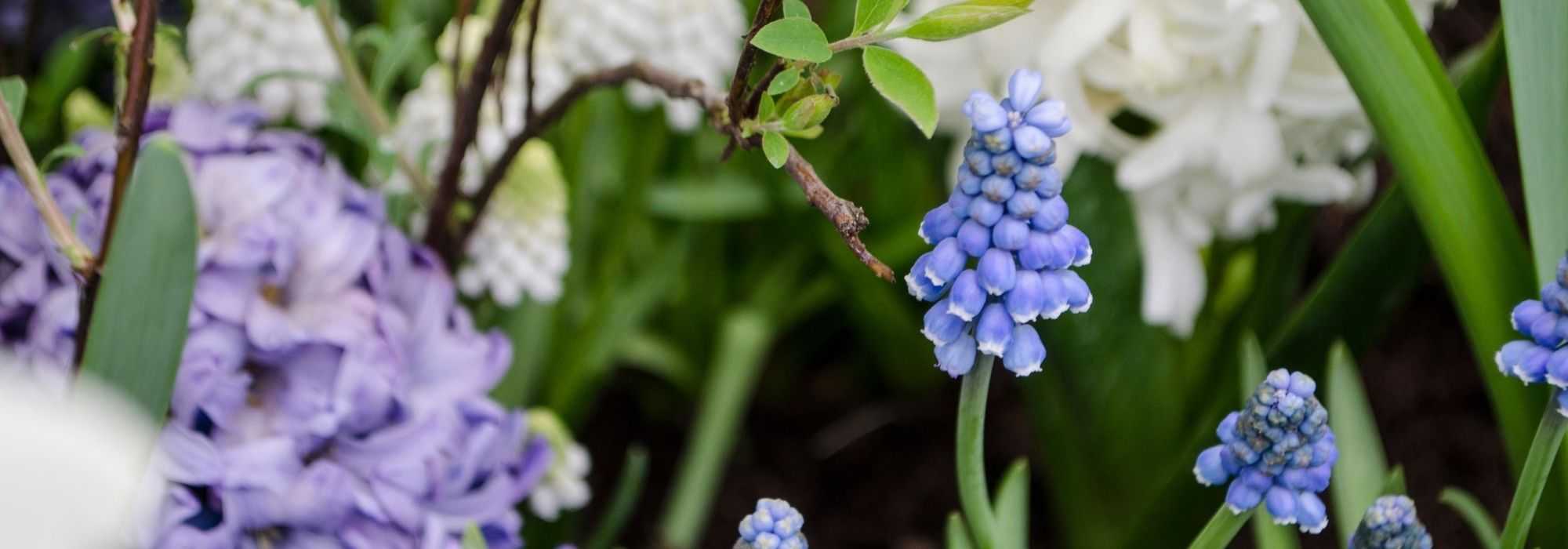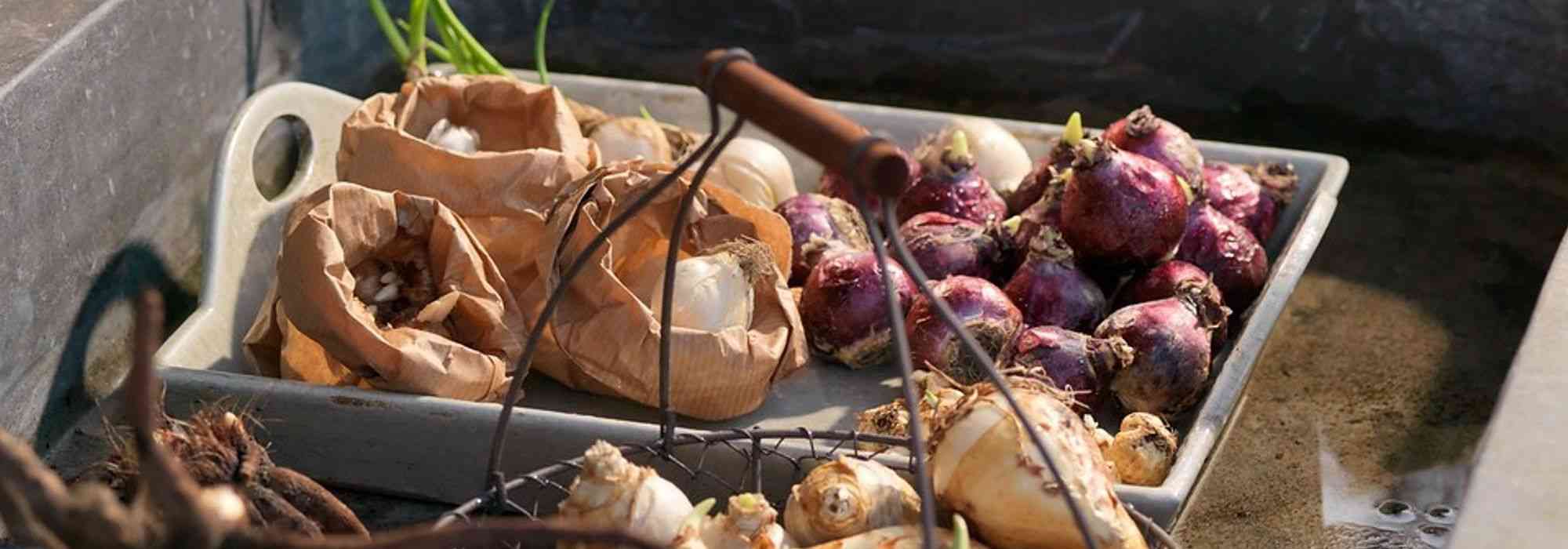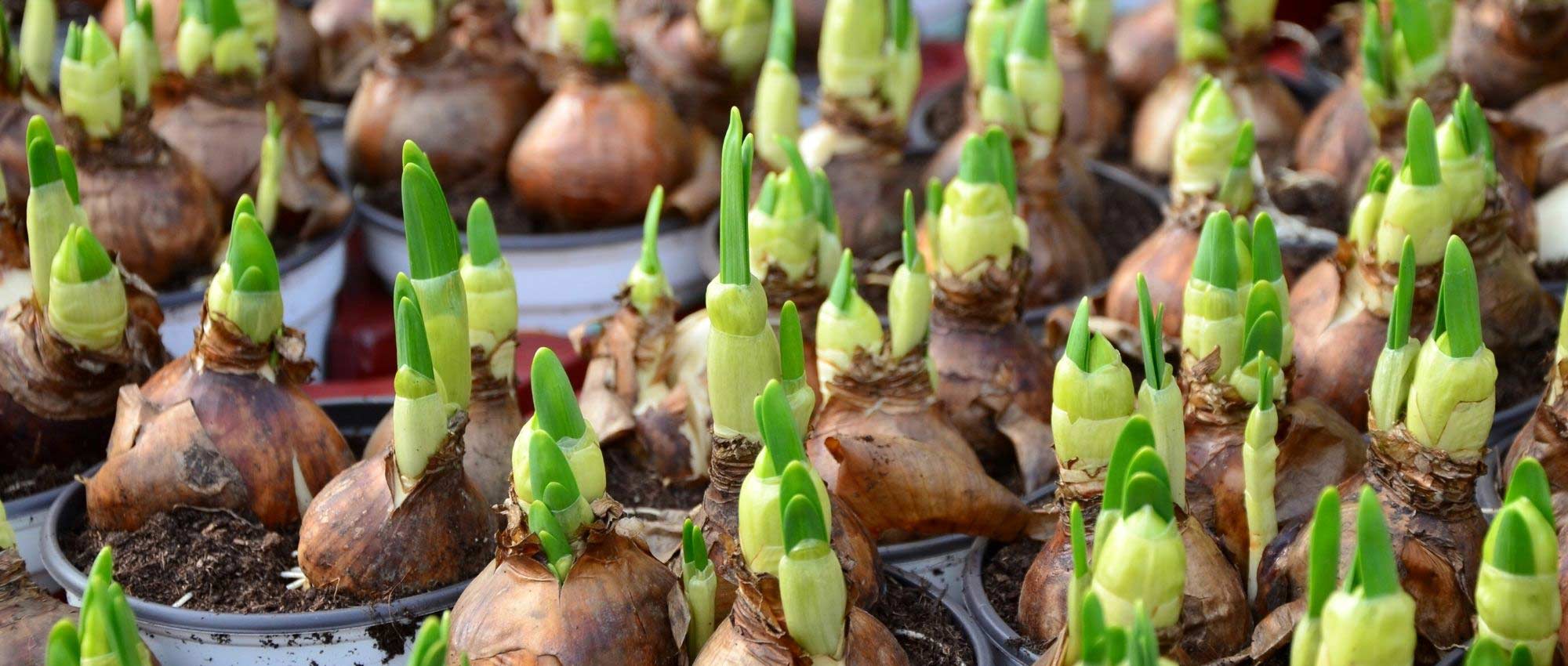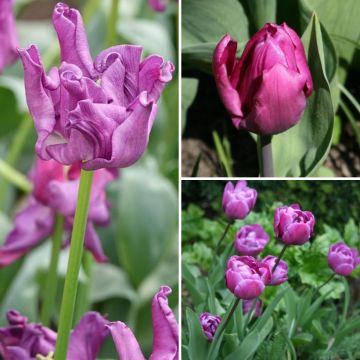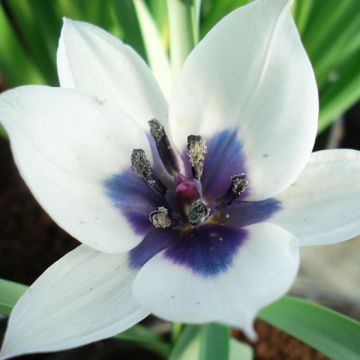

Tulipa Apricot Favourite - Tulipe Apricot Favourite, Tulipe Groupe Triomphe
Tulipa Apricot Favourite - Triumph Tulip
Tulipa Apricot Favourite
Triumph Tulip
Special offer!
Receive a €20 voucher for any order over €90 (excluding delivery costs, credit notes, and plastic-free options)!
1- Add your favorite plants to your cart.
2- Once you have reached €90, confirm your order (you can even choose the delivery date!).
3- As soon as your order is shipped, you will receive an email containing your voucher code, valid for 3 months (90 days).
Your voucher is unique and can only be used once, for any order with a minimum value of €20, excluding delivery costs.
Can be combined with other current offers, non-divisible and non-refundable.
Why not try an alternative variety in stock?
View all →This plant carries a 6 months recovery warranty
More information
We guarantee the quality of our plants for a full growing cycle, and will replace at our expense any plant that fails to recover under normal climatic and planting conditions.
Would this plant suit my garden?
Set up your Plantfit profile →
Description
The Tulip ‘Apricot Favourite’ is a refined, captivating Triumph variety with its large, traditional cup-shaped flowers in blending shades of apricot, pink, and sometimes peach, depending on the light. Between April and May, it reaches approximately 40 to 45 cm in height in bloom and stands out for its excellent performance both in the ground and as a cut flower. This tulip offers a stable and bright flowering period ideal for beds, borders, containers, and then vases. It withstands inclement weather well.
Belonging to the Liliaceae family, the Tulip 'Apricot Favourite' is a cultivar from the Triumph division, prized for its large cup-shaped flowers. The plant reaches about 40 cm in height. It forms few bulblets, so renewal relies more on annual replanting rather than natural division. The 6 to 8 cm wide flowers feature an almost symmetrical cup with six slightly pointed tepals, nuanced with salmon, apricot, and pink, with subtly lighter edges. Flowering occurs in mid-spring, from late April to early May. The medium green, lanceolate foliage measuring 30 cm is deciduous, and fades with natural drying after flowering. The root system is bulbous and suits well-drained and fairly dry soil outside the growing season.
The Tulip ‘Apricot Favourite’ brings the softness of a spring sunrise, its apricot and pink tones blending naturally into pastel or powdery displays. It pairs wonderfully with white or cream daffodils of sober silhouettes, like a serene focal point among abundant foliage. In a pot on a patio, paired with a Tulip ‘Spring Green’ with its ivory green and Tulip ‘Mistress’ with its soft pink, it can evoke an impressionist painting. With its elegant habit, this tulip can thus becomes a discreet colour scheme thread among the garden' palette.
Plant habit
Flowering
Foliage
Botanical data
Tulipa
Apricot Favourite
Liliaceae
Triumph Tulip
Cultivar or hybrid
Planting and care
Plant your Triumph Apricot Favourite tulips in a sunny or partially shaded spot from late September to December for spring flowering. Plant the bulbs in well-drained, deeply loosened soil at a depth of 15 cm. Space the bulbs 10 cm apart without touching each other to create a mass effect for a more decorative appearance. Care is very easy. Simply water regularly, especially during dry winters, and cut the flower stems after flowering. Allow the leaves to dry out completely before cutting them.
Planting period
Intended location
Care
Planting & care advice
This item has not been reviewed yet - be the first to leave a review about it.
Similar products
Haven't found what you were looking for?
Hardiness is the lowest winter temperature a plant can endure without suffering serious damage or even dying. However, hardiness is affected by location (a sheltered area, such as a patio), protection (winter cover) and soil type (hardiness is improved by well-drained soil).

Photo Sharing Terms & Conditions
In order to encourage gardeners to interact and share their experiences, Promesse de fleurs offers various media enabling content to be uploaded onto its Site - in particular via the ‘Photo sharing’ module.
The User agrees to refrain from:
- Posting any content that is illegal, prejudicial, insulting, racist, inciteful to hatred, revisionist, contrary to public decency, that infringes on privacy or on the privacy rights of third parties, in particular the publicity rights of persons and goods, intellectual property rights, or the right to privacy.
- Submitting content on behalf of a third party;
- Impersonate the identity of a third party and/or publish any personal information about a third party;
In general, the User undertakes to refrain from any unethical behaviour.
All Content (in particular text, comments, files, images, photos, videos, creative works, etc.), which may be subject to property or intellectual property rights, image or other private rights, shall remain the property of the User, subject to the limited rights granted by the terms of the licence granted by Promesse de fleurs as stated below. Users are at liberty to publish or not to publish such Content on the Site, notably via the ‘Photo Sharing’ facility, and accept that this Content shall be made public and freely accessible, notably on the Internet.
Users further acknowledge, undertake to have ,and guarantee that they hold all necessary rights and permissions to publish such material on the Site, in particular with regard to the legislation in force pertaining to any privacy, property, intellectual property, image, or contractual rights, or rights of any other nature. By publishing such Content on the Site, Users acknowledge accepting full liability as publishers of the Content within the meaning of the law, and grant Promesse de fleurs, free of charge, an inclusive, worldwide licence for the said Content for the entire duration of its publication, including all reproduction, representation, up/downloading, displaying, performing, transmission, and storage rights.
Users also grant permission for their name to be linked to the Content and accept that this link may not always be made available.
By engaging in posting material, Users consent to their Content becoming automatically accessible on the Internet, in particular on other sites and/or blogs and/or web pages of the Promesse de fleurs site, including in particular social pages and the Promesse de fleurs catalogue.
Users may secure the removal of entrusted content free of charge by issuing a simple request via our contact form.
The flowering period indicated on our website applies to countries and regions located in USDA zone 8 (France, the United Kingdom, Ireland, the Netherlands, etc.)
It will vary according to where you live:
- In zones 9 to 10 (Italy, Spain, Greece, etc.), flowering will occur about 2 to 4 weeks earlier.
- In zones 6 to 7 (Germany, Poland, Slovenia, and lower mountainous regions), flowering will be delayed by 2 to 3 weeks.
- In zone 5 (Central Europe, Scandinavia), blooming will be delayed by 3 to 5 weeks.
In temperate climates, pruning of spring-flowering shrubs (forsythia, spireas, etc.) should be done just after flowering.
Pruning of summer-flowering shrubs (Indian Lilac, Perovskia, etc.) can be done in winter or spring.
In cold regions as well as with frost-sensitive plants, avoid pruning too early when severe frosts may still occur.
The planting period indicated on our website applies to countries and regions located in USDA zone 8 (France, United Kingdom, Ireland, Netherlands).
It will vary according to where you live:
- In Mediterranean zones (Marseille, Madrid, Milan, etc.), autumn and winter are the best planting periods.
- In continental zones (Strasbourg, Munich, Vienna, etc.), delay planting by 2 to 3 weeks in spring and bring it forward by 2 to 4 weeks in autumn.
- In mountainous regions (the Alps, Pyrenees, Carpathians, etc.), it is best to plant in late spring (May-June) or late summer (August-September).
The harvesting period indicated on our website applies to countries and regions in USDA zone 8 (France, England, Ireland, the Netherlands).
In colder areas (Scandinavia, Poland, Austria...) fruit and vegetable harvests are likely to be delayed by 3-4 weeks.
In warmer areas (Italy, Spain, Greece, etc.), harvesting will probably take place earlier, depending on weather conditions.
The sowing periods indicated on our website apply to countries and regions within USDA Zone 8 (France, UK, Ireland, Netherlands).
In colder areas (Scandinavia, Poland, Austria...), delay any outdoor sowing by 3-4 weeks, or sow under glass.
In warmer climes (Italy, Spain, Greece, etc.), bring outdoor sowing forward by a few weeks.




































